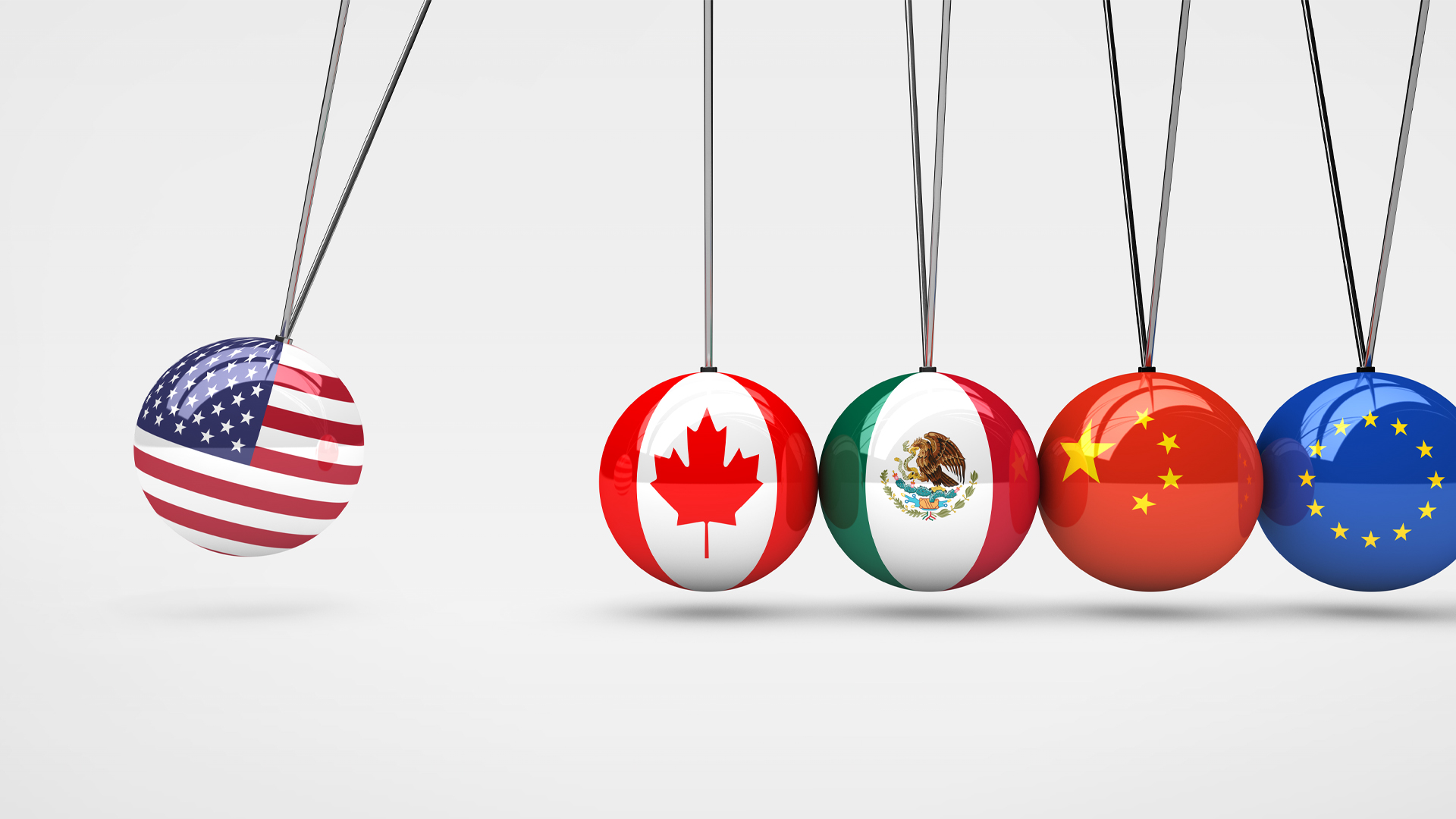
China’s growing economic and political influence continues to dominate the news, and Canada has certainly been paying attention. Now it’s time to move past the “China-is-rising” narrative and start to build on our history of co-operation – which dates back to 1942, when Canada sent its first ambassador to pre-Communist China. One of the strongest ways we can strengthen our ties is through post-secondary education and research.
China’s vast and growing middle class represents more than simply consumers; this is a generation of people who want to be global citizens, and they want that for their children, too. China’s clean tech sector, for example, is one of the fastest-growing markets in the world. Canada’s educational and research connections with China therefore have enormous value and represent significant opportunities for our country.
China pumped US$126 billion into renewable-energy initiatives in 2017 and has made bold climate-change commitments. Canada is a seedbed of cleantech innovation with deep energy-sector expertise. That makes us an excellent match for China as it builds out its research-and-development ecosystem. And the benefits will flow both ways: The solutions we help develop through academic collaboration and R&D will be deployable here at home, with revenues from commercialization flowing back into our economy. At the same time, China will further its goal of transitioning from a manufacturing base to a centre of knowledge generation and innovation.
China’s surging middle class and a demand for products and services present another opening for Canadian companies, especially micro, small, and medium-sized enterprises. These firms are expected to see the bulk of their export growth over the next few years coming from the Asia Pacific region, particularly China.
But there is more that we in Canada need to do to capitalize on these opportunities with China and prepare our next-generation workforce to do business globally — particularly in Asia, and specifically in China.
This is where international post-secondary education can play a role.
We are lagging behind peers — including the United States — in what we call “Asia competence.” We could have better knowledge of Asian cultures, business practices and traditions. We need to deepen our understanding of Asia’s economies, societies and political systems. And we need more people in our workforce who speak the languages of Asia.
Meanwhile, the Chinese students who come to Canada develop a high “Canadian competence,” and those who return home take it with them. It’s a loss for Canada and a gain for China, furthering the imbalance.
Part of the reason we fall short today is that very few Canadian university students study abroad each year — about three percent — and just a fraction of those go to Asia.
To start to balance our educational relationship with China and prepare our students for a global future, we need to encourage Canadian students to study abroad.
We can do this by offering more financial support and increasing the number of pathways, including short, flexible study periods and research engagements. We also need to increase the amount of federal funding for international research collaboration to build on our internationally recognized position as a valuable research partner.
Now is the time to act — for three reasons.
First, Canada’s well-defined innovation agenda calls for action. And the major boost to fundamental research – research that drives innovation – in the recent federal budget is an important step in the right direction. It will also strengthen vital international research collaboration.
Second, China is looking for partners, and we can choose how we strengthen our relationship.
Third, with protectionism taking root in other parts of the world, Canada’s open, global attitude is a valuable commodity.
China is unequivocally a global superpower. A partnership with China that builds and leverages our educational connections and is codified, ideally, in formal trade agreements will bring significant opportunities for Canada.
To make the most of that opportunity, we need to actively pursue international R&D collaborations. We need to give more students more chances to study abroad so that our next-generation workforce is defined by well-prepared, high-performing global citizens.
Photo: Shutterstock/By chuyuss.
Do you have something to say about the article you just read? Be part of the Policy Options discussion, and send in your own submission. Here is a link on how to do it. | Souhaitez-vous réagir à cet article ? Joignez-vous aux débats d’Options politiques et soumettez-nous votre texte en suivant ces directives.








